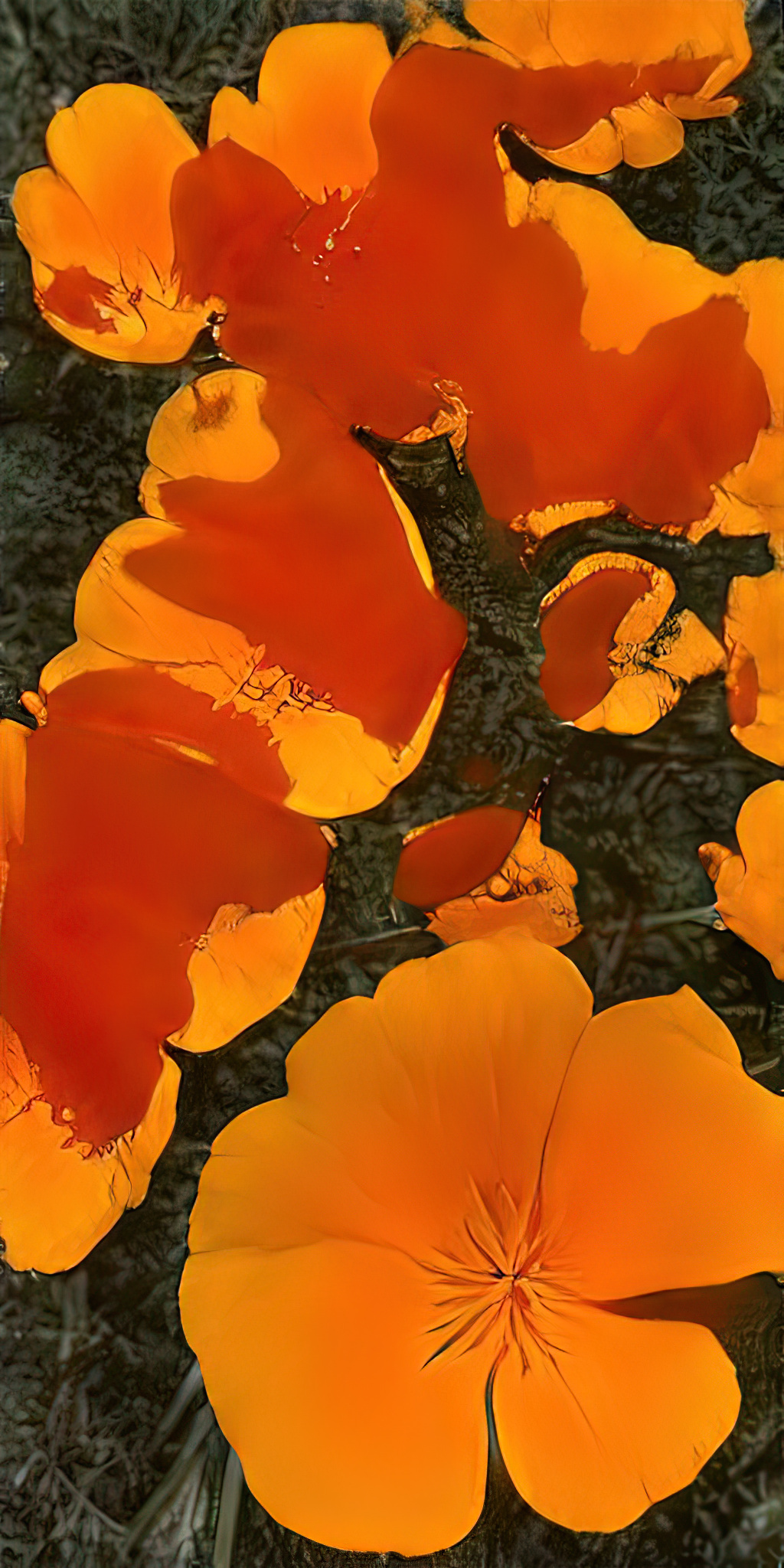- Event
Anna Ridler: Circadian Bloom
Video installation (real-time GAN generated video, neural network)
Sun, January 15, 2023 6:20 am – Sun, February 12, 2023 9:00 pm CET
- Location
- Kubus: Screen
How to measure time with the digital flower clock? »Circadian Bloom« is an ongoing project by Anna Ridler that is the start of an exploration into ideas around non-human ways of keeping time.
In this iteration, the screen is filled with an image of a plant that has a particular type of chronobiological clock – one that will consistently open and close its flowers at fixed times of the day – so that the piece essentially works like a kind of clock.
The clock is designed to start at dawn and end at dusk, and changes daily to reflect the precise longitude and latitude for which it is programmed. Throughout the day, the imagery of the different flowers evolves in real time in synchrony with their natural counterparts, blooming and closing at the correct time of day. Because the duration of daylight changes throughout the year, looking at it at the same time will result in different flowers being shown (at seven o’clock in the morning, it will be dark in winter months, but daylight in summer). »Circadian Bloom« harks back to an earlier, medieval way of constructing time in temporal hours when the hours of available daylight were divided into twelve, so that the length of an hour was dependent on when and where a person was actually located.
The project is inspired by Carl Linnaeus’s idea of a floral clock, horologium florae, that he proposed in his »Philosophia Botanica« in 1751 after observing this phenomenon of certain flowers opening and closing at set times of the day. But since then, the flower clock has remained, mostly, a concept. By working digitally, it is now possible to realize it and create a tension between the highly precise and accurate time keeping methods that sit inside computers and the impractical, imprecise images that result.
Technology and science are hugely reliant on being able to keep standard, accurate time. Every computer either uses a quartz crystal clock contained within it or syncs to a cesium atomic clock to maintain microsecond-level time. This is necessary for most computational processes to work. There is something quite absurd about taking this accuracy and visually obscuring it so that the resulting clock can only really be understood as such through long periods of observation over days, revealing that it is not just visuals of flowers but something that is in sync with the natural landscape.
Technical support: Daniel Heiss, Marc Schütze
Originally commissioned by the University of Salford Art Collection, with support from the Delfina Foundation
